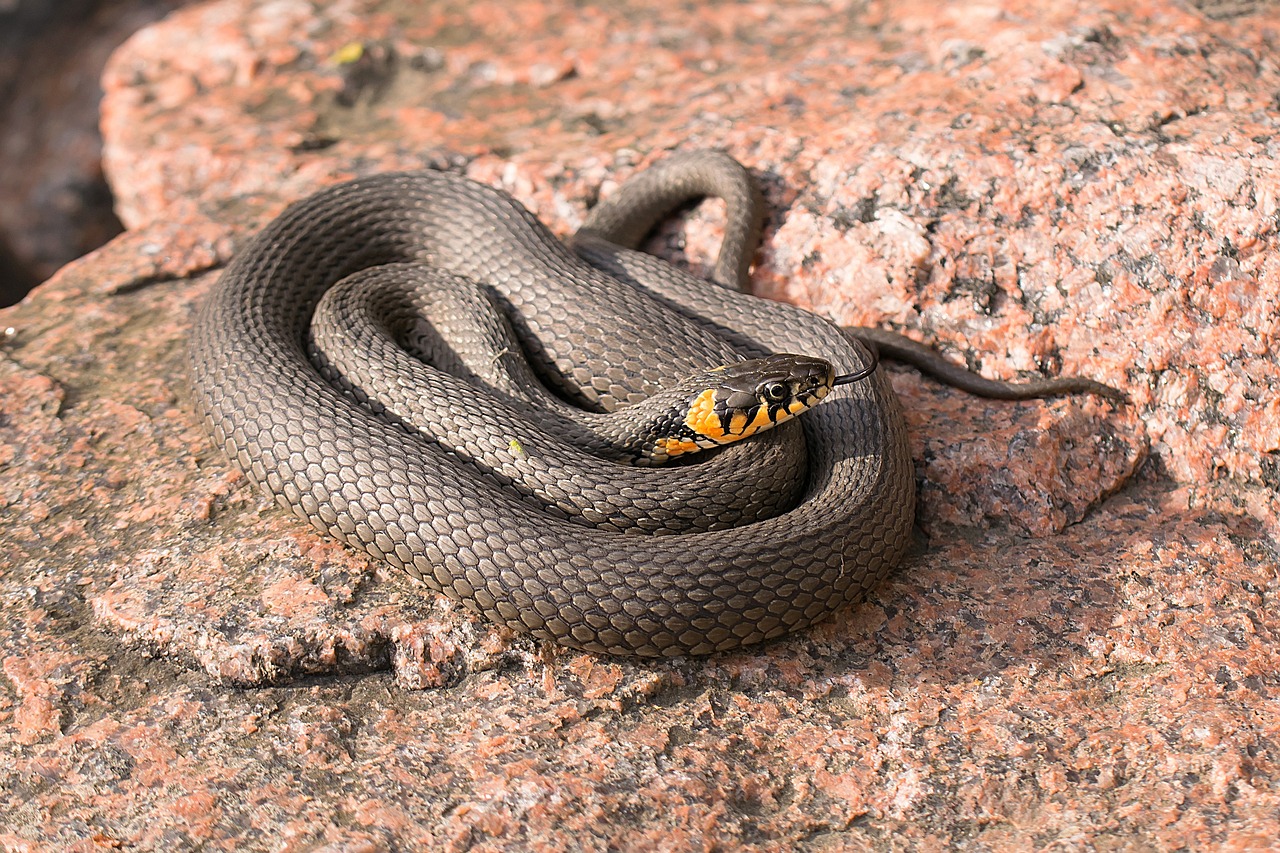In the vast world of herpetology, most reptiles find their place in the taxonomic tree of life with relative ease. Scientists collect specimens, analyze DNA, examine morphological characteristics, and ultimately assign species to their proper classifications. However, in the dense jungles of Southeast Asia, a mysterious serpent has confounded researchers for decades. Neither clearly venomous nor definitively non-venomous, with physical characteristics that span multiple snake families, this elusive reptile represents one of zoology’s most fascinating puzzles. Known informally as the “taxonomic enigma snake” among researchers, this creature demonstrates how even in our modern age of advanced scientific tools and techniques, nature still holds secrets that challenge our understanding and classification systems.
The Discovery That Puzzled Experts
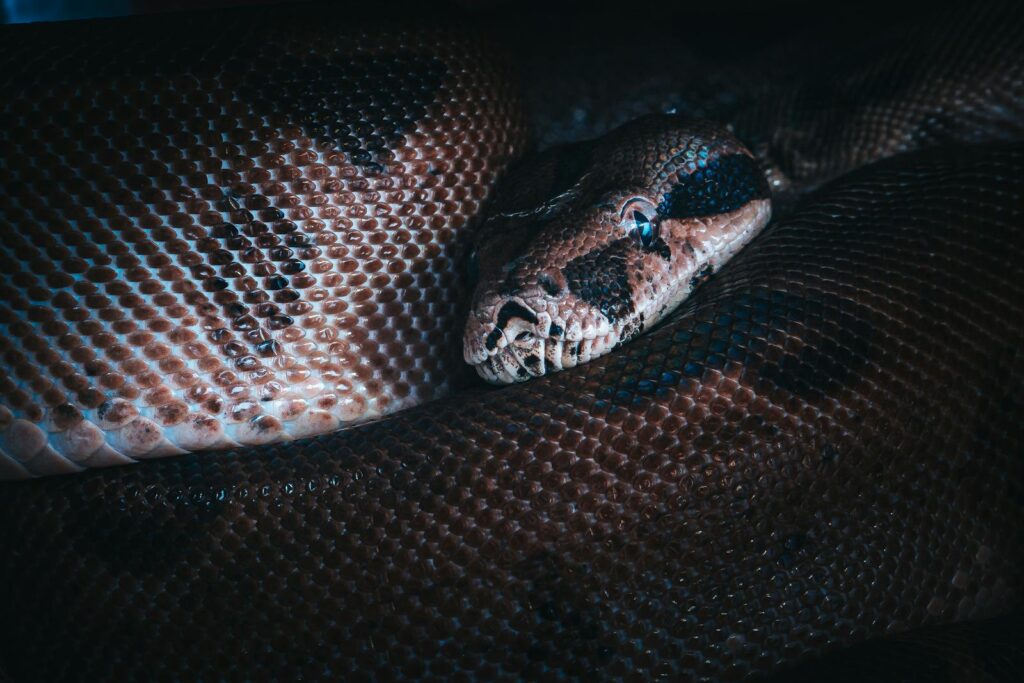
The first documented encounter with this mysterious snake occurred in 1996 when a herpetologist working in the remote forests of northern Vietnam stumbled upon a specimen unlike any previously classified serpent. The researcher initially mistook it for a known species of pit viper, but closer examination revealed inconsistencies that didn’t align with established taxonomic categories. Subsequent specimens were discovered in neighboring regions of Laos and southern China over the following decade, each presenting the same classification challenges. What made this snake particularly baffling was its possession of physical characteristics that seemed to bridge multiple snake families, creating a taxonomic nightmare for scientists attempting to place it within the existing system. The international scientific community quickly became intrigued by what some researchers began calling “nature’s perfect hybrid,” though it isn’t actually believed to be a hybrid species.
Morphological Features That Defy Categorization
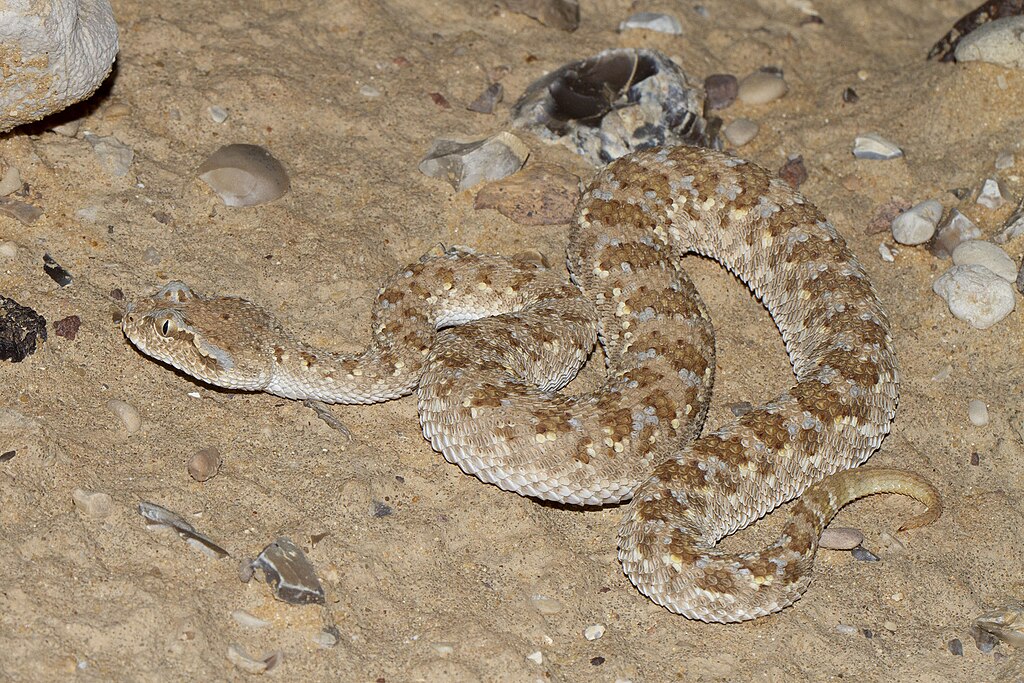
The enigma snake possesses a combination of physical traits that have made classification particularly challenging for taxonomists. Its head shape exhibits characteristics of both colubrid and viperid snakes, with a somewhat triangular structure but lacking the distinct neck narrowing typical of most vipers. The scale arrangement along its dorsal surface resembles that of the Elapidae family (which includes cobras and kraits), while its ventral scales show patterns more commonly associated with the Lamprophiidae family. Perhaps most confusing is its dentition—the snake possesses enlarged rear fangs that suggest a venomous capacity, but the structure of these fangs doesn’t neatly match any known venomous snake group. These contradictory morphological features have created a situation where assigning the snake to any existing taxonomic family would require either significantly expanding the definition of that family or creating a new classification category altogether.
Genetic Analysis Deepens the Mystery
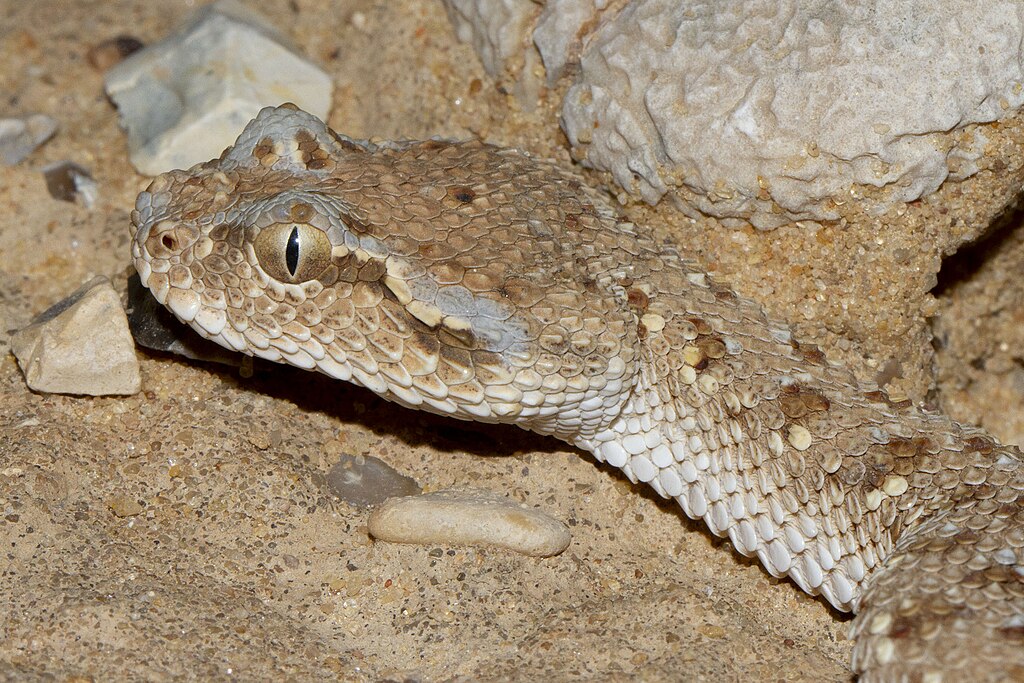
When researchers finally obtained tissue samples for DNA analysis in the early 2000s, they expected genetic sequencing to resolve the classification conundrum. Instead, the results only deepened the mystery surrounding this unusual serpent. Initial mitochondrial DNA analysis suggested a relationship with the Colubridae family, the largest snake family that includes many non-venomous species. However, subsequent nuclear DNA studies pointed toward connections with the Viperidae family, creating a contradictory genetic profile that puzzled scientists. More comprehensive genomic studies conducted in 2018 revealed what some researchers describe as “mosaic DNA,” with gene sequences that appear to have evolved independently along unusual evolutionary pathways not seen in other snake species. Some geneticists have proposed that the snake may represent an ancient lineage that diverged before the clear separation of modern snake families, potentially preserving genetic material from a common ancestor that has since been lost in other lineages.
The Venom Question: Neither Here Nor There
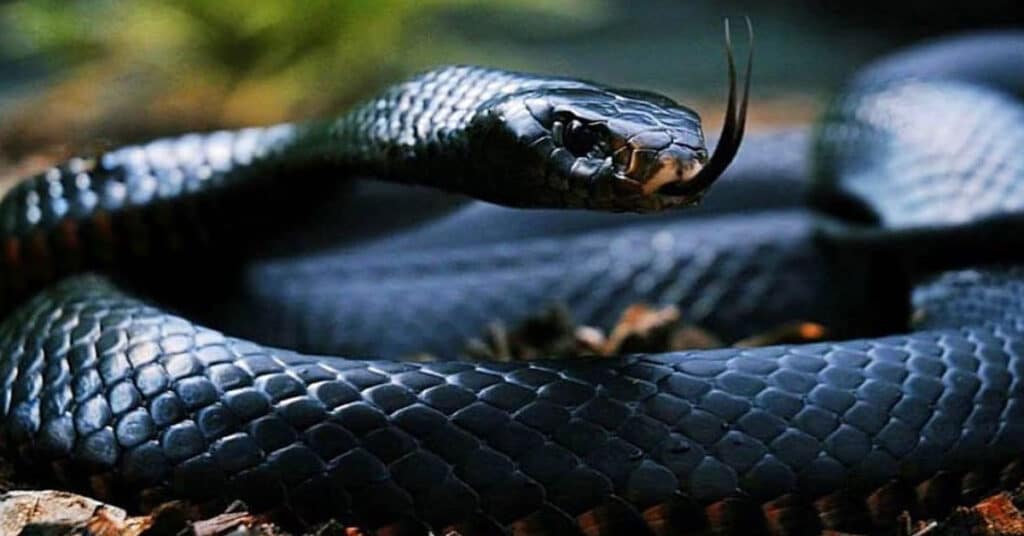
One of the most perplexing aspects of this unclassified snake is its venom system, which exists in a gray area between venomous and non-venomous species. The snake possesses enlarged rear fangs and associated glandular tissue that produces toxic secretions, similar to rear-fanged colubrids like the boomslang. However, detailed analysis of its venom composition reveals proteins and enzymes that more closely resemble those found in front-fanged venomous snakes from the Elapidae family. This unusual venom composition doesn’t fit neatly into established categories of snake venoms, containing unique peptides with unknown functions that have never been documented in other snake species. Toxicologists studying these compounds have discovered that while the venom is potentially dangerous to small prey animals, its effect on humans remains largely unstudied due to the rarity of bites and the limited amount of venom available for research.
Habitat and Geographic Distribution Complications
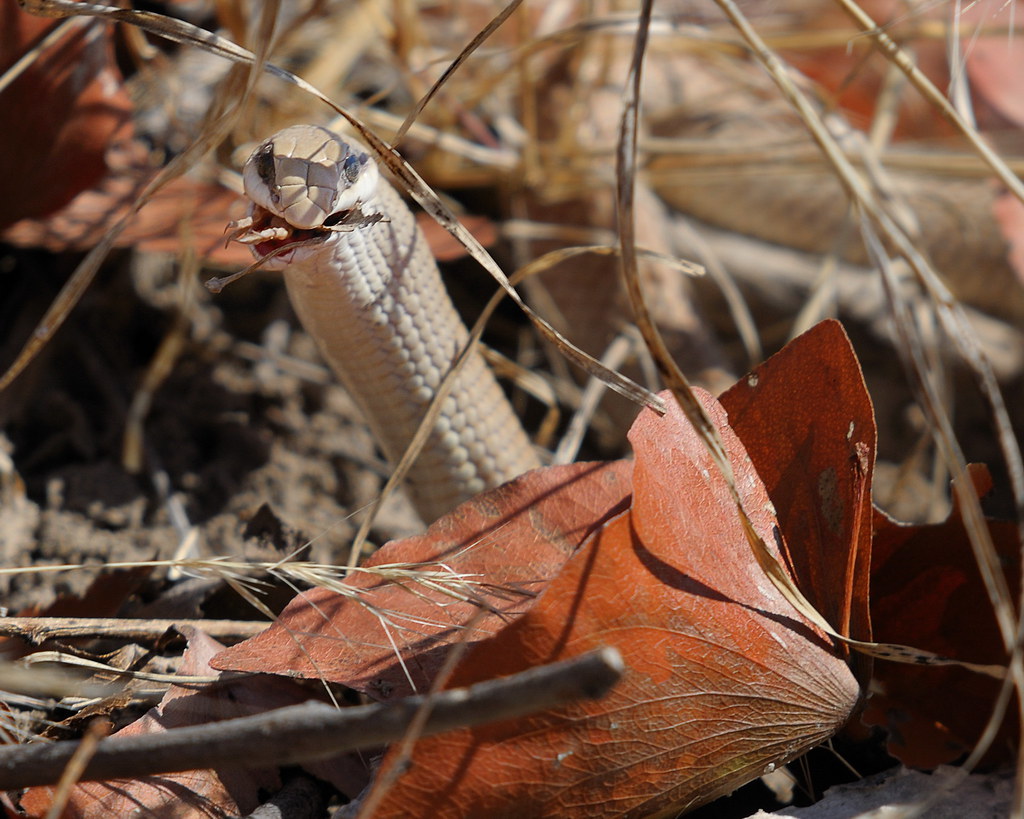
The enigma snake’s geographic distribution adds another layer of complexity to its classification puzzle. Most snake families have relatively defined geographical ranges that evolved through natural barriers and continental drift over millions of years. This unclassified species, however, has been documented across ecological zones that typically host different snake families—from the tropical rainforests of Vietnam and Laos to the more temperate mountain regions of southern China. The snake appears adaptable to varied elevations and habitat types, another unusual characteristic that doesn’t align with the ecological specialization seen in most snake species. Researchers have suggested that this broad adaptability might indicate either a relatively recent range expansion or the preservation of ancestral traits that allowed it to occupy diverse ecological niches before other snake species evolved more specialized adaptations.
Behavioral Traits That Cross Boundaries
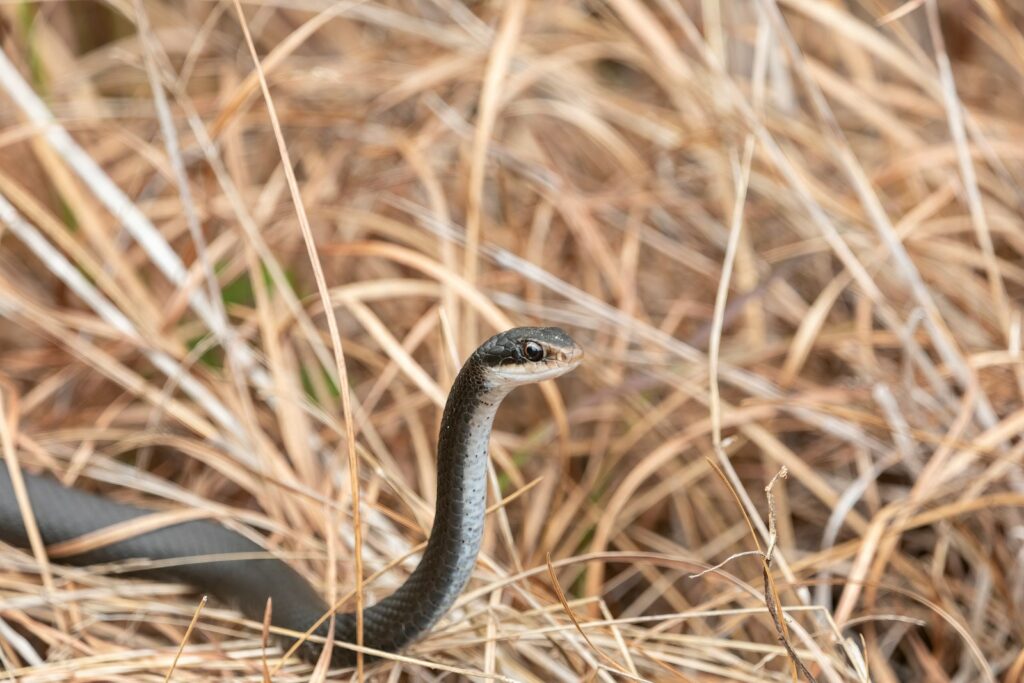
Behavioral observations of the enigma snake in its natural habitat have revealed activity patterns that further complicate its classification. The snake displays primarily nocturnal hunting behaviors, similar to many members of the Viperidae family, yet it employs active foraging strategies more commonly associated with diurnal colubrids. Field researchers have documented the snake climbing with remarkable agility through forest canopies, suggesting arboreal adaptations, while also observing it swimming proficiently across streams and small water bodies. Its prey selection appears unusually diverse, with documented feeding on amphibians, small mammals, birds, and even other reptiles—a generalist approach uncommon in highly specialized snake species. These behavioral characteristics span multiple snake families, creating what one researcher described as “a living composite of snake evolutionary history” that defies traditional behavioral classification schemes.
The Challenging Path to New Taxonomic Categories
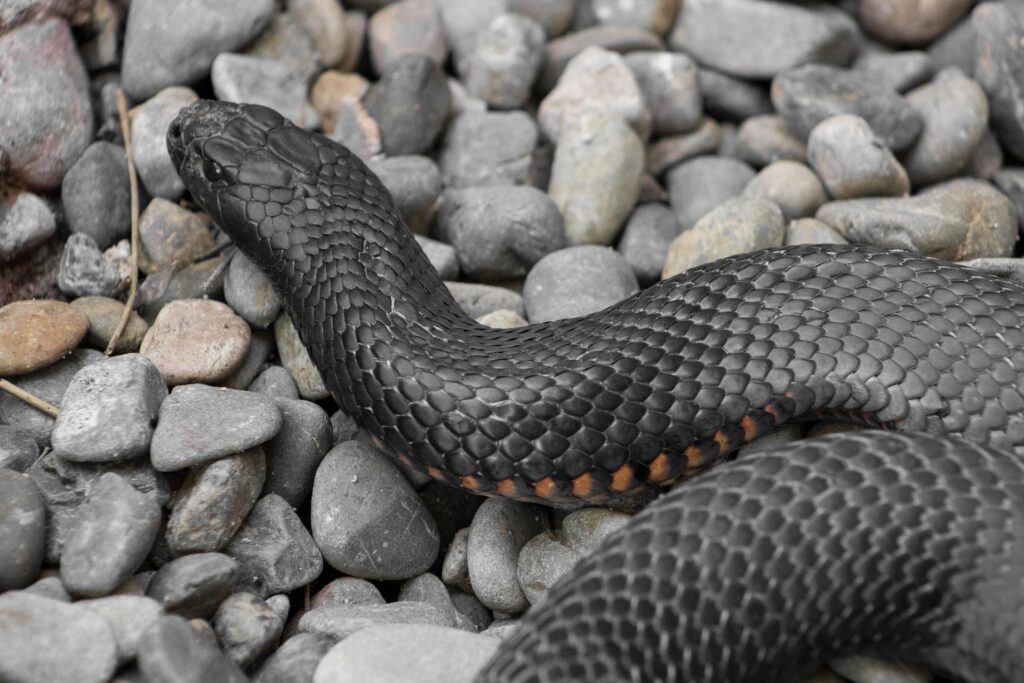
Creating an entirely new taxonomic family or subfamily is not a decision that scientists take lightly in the modern era of classification. The process requires extensive peer review, comprehensive genetic and morphological evidence, and consensus among the international scientific community—particularly challenging when dealing with a species as puzzling as the enigma snake. Several proposals have been put forward since 2010, including placing the snake in its own subfamily within Colubridae or establishing an entirely new family between Viperidae and Elapidae. Each proposal has faced significant scrutiny and opposition from different factions within the herpetological community, with some arguing that existing classification systems should be expanded rather than creating new taxonomic categories. This scientific debate reflects the broader challenges in taxonomy, where clear boundaries between groups become increasingly blurred as our understanding of evolutionary relationships deepens.
Conservation Status and Research Challenges
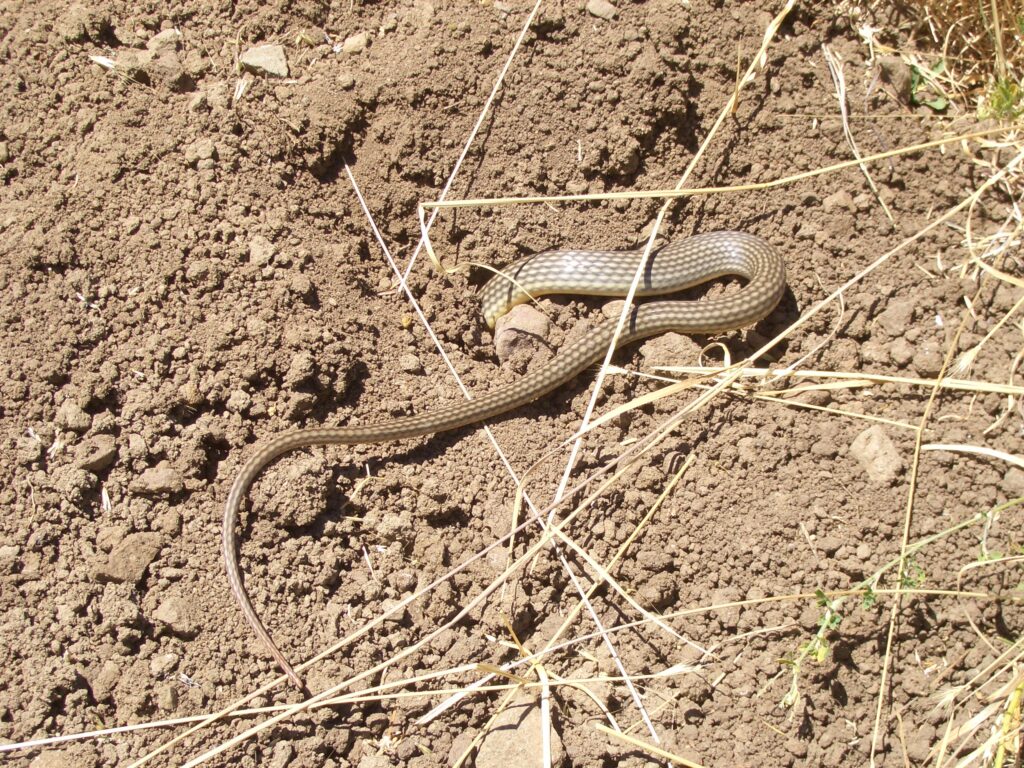
The enigma snake’s uncertain taxonomic status creates significant challenges for conservation efforts and research funding. Without formal classification, the species cannot be properly assessed for conservation status by organizations like the IUCN, potentially leaving it vulnerable to habitat destruction and other threats. Field research on the species has been hampered by its rarity, remote habitat, and the bureaucratic complexities of conducting research on an unclassified species across international borders. Several research expeditions specifically targeting this snake have been organized since 2015, but specimens remain exceedingly rare, with fewer than 30 documented individuals observed in the wild. Conservation biologists argue that this taxonomic limbo creates dangerous gaps in protection for a species that may represent a unique evolutionary lineage worthy of significant conservation attention regardless of its final classification.
Technological Advances Offering New Hope
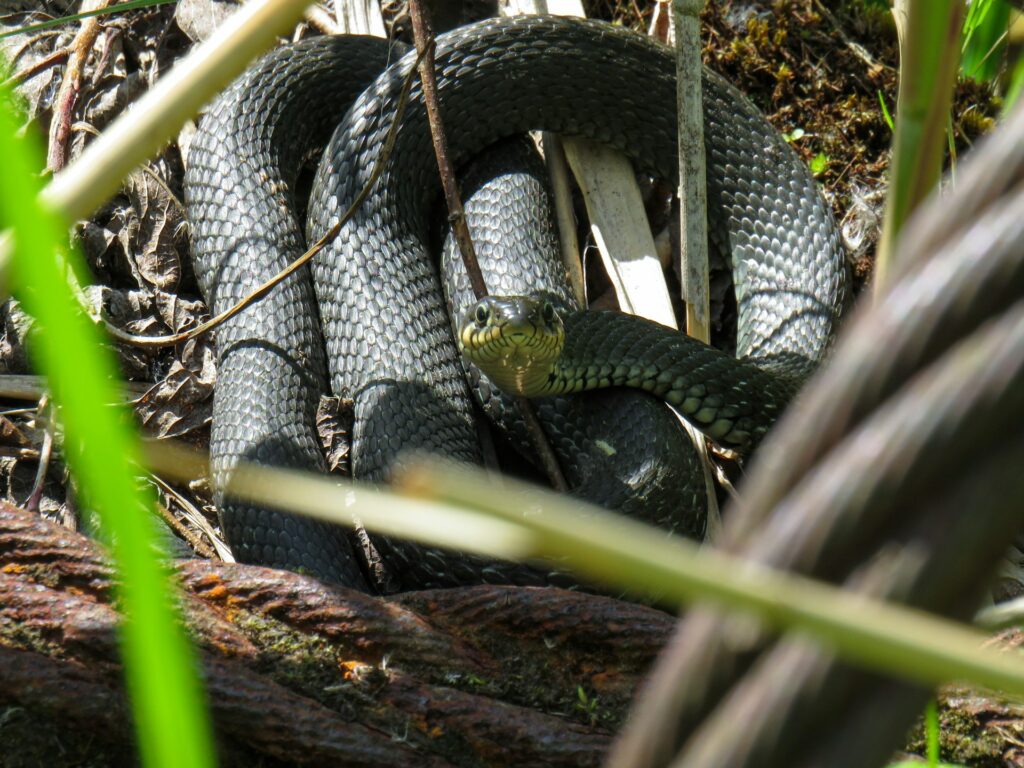
Recent technological developments in the fields of genomics and computational biology have offered new paths forward in the classification quest. Next-generation sequencing technologies now allow researchers to analyze entire genomes rather than selected genetic markers, providing a more comprehensive picture of the snake’s genetic makeup and evolutionary history. Advanced phylogenetic algorithms designed specifically for cases of incomplete lineage sorting—where gene histories don’t match species histories—have been deployed to analyze the enigma snake’s position in the evolutionary tree. Three-dimensional imaging technologies have enabled detailed analysis of internal anatomical structures without destructive dissection of rare specimens, revealing subtle features not visible through traditional examination methods. These technological advances have brought researchers closer to resolving the classification mystery, though definitive answers remain elusive.
Competing Theories on Evolutionary Origins
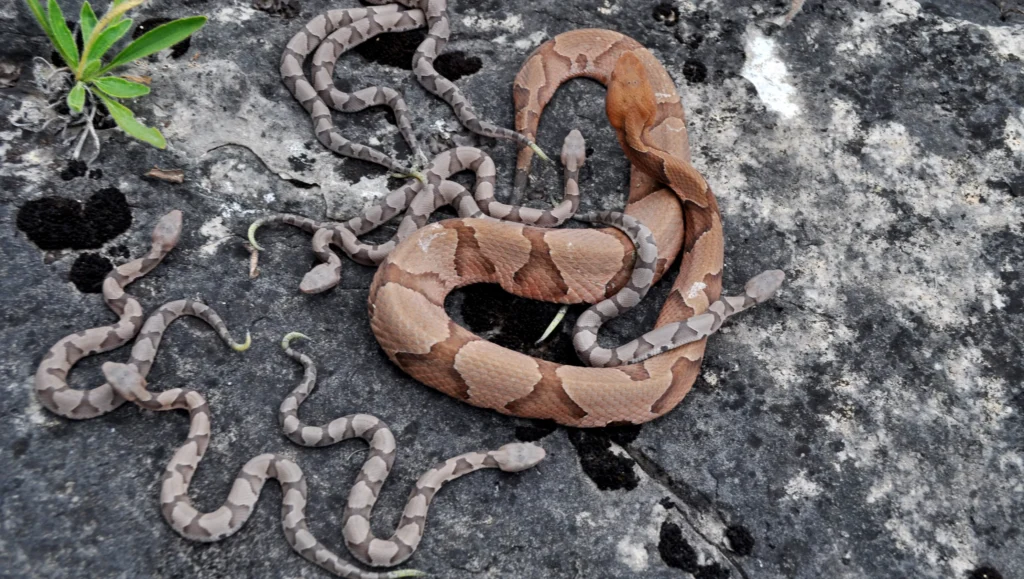
The scientific community remains divided over several competing theories regarding the evolutionary origins of this mysterious serpent. One prominent theory suggests the snake represents a “living fossil” lineage that diverged before the radiation of modern snake families, preserving ancestral traits lost in other evolutionary lines. A second theory proposes that the snake evolved through an unusual case of convergent evolution, independently developing traits similar to different snake families due to unique ecological pressures. More controversial is the hybrid origin theory, which suggests ancient hybridization between distinct snake lineages could have created a stable lineage with mixed characteristics, though most genetic evidence doesn’t support this explanation. Some researchers have even proposed that the snake may represent an example of horizontal gene transfer—the acquisition of genetic material from distantly related species—though this remains highly speculative and lacks substantial supporting evidence.
The Implications for Snake Evolution Theory
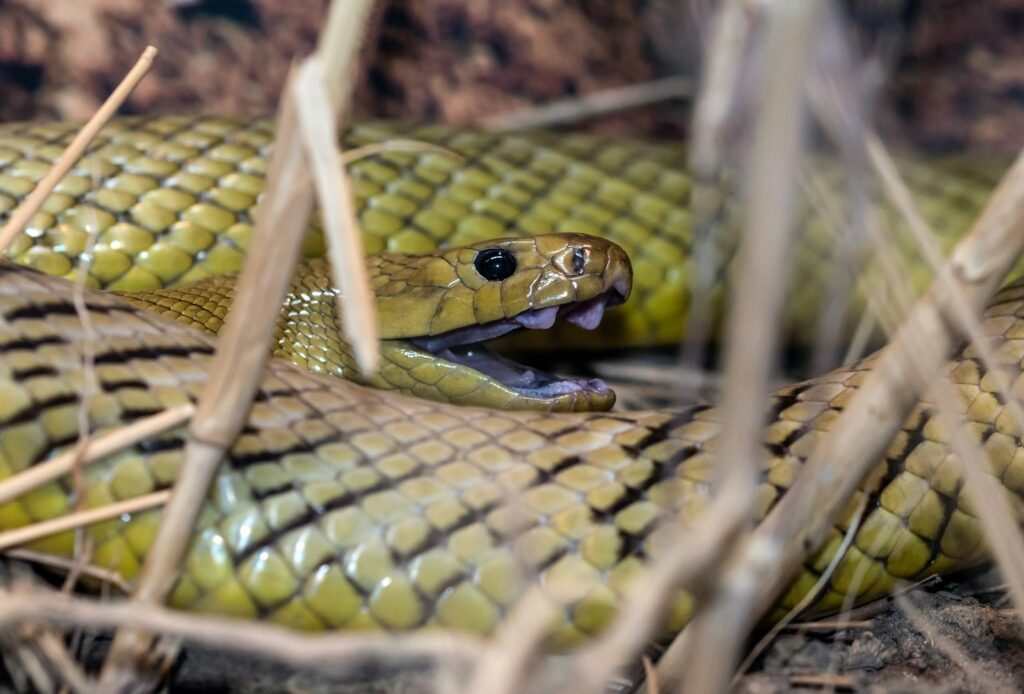
Beyond the immediate classification challenge, the enigma snake has forced herpetologists to reconsider broader theories about snake evolution and diversification. Traditional views of snake evolution have emphasized relatively clean divergences between major lineages, but this unclassifiable species suggests evolutionary pathways may have been more complex and interconnected than previously thought. The snake’s mosaic of traits challenges the notion that venom systems evolved along a simple trajectory from non-venomous to rear-fanged to front-fanged species, suggesting multiple independent evolutionary pathways. Several paleoherpetologists have begun reexamining fossil records in light of this living specimen, looking for similar mosaic patterns in ancient snake species that might have been overlooked. This single unclassified species has thus catalyzed a broader reevaluation of snake evolutionary theory, demonstrating how taxonomic outliers can drive significant advances in scientific understanding.
The Future of the Classification Effort

The international effort to classify this mysterious snake continues with renewed vigor as new technologies and approaches become available. An international consortium of herpetologists established in 2020 is coordinating global research efforts, standardizing data collection, and pooling resources to resolve this taxonomic puzzle. Field expeditions planned for the coming years will target specific regions where the snake has been previously documented, employing environmental DNA techniques to detect the species’ presence even when direct observation proves difficult. Ongoing genomic research is now focusing on ancient DNA extraction methods that might reveal connections to extinct snake lineages known only from fossil records. While a definitive classification remains elusive, the scientific community remains optimistic that this biological puzzle will eventually be solved, potentially revolutionizing our understanding of snake evolution in the process.
The enigma snake represents one of modern zoology’s most fascinating classification challenges, sitting at the intersection of traditional taxonomy and cutting-edge evolutionary biology. Its unusual combination of traits continues to defy neat categorization, reminding us that nature’s diversity doesn’t always conform to the orderly systems humans create to understand it. As research continues, this mysterious serpent serves as both a humbling reminder of the limitations of our knowledge and an exciting frontier for scientific discovery. Whether eventually classified within an existing family, given its own taxonomic category, or remaining in scientific limbo, the enigma snake has already secured its place in herpetological history—proving that even in our age of advanced scientific understanding, nature still holds secrets waiting to be unraveled.

